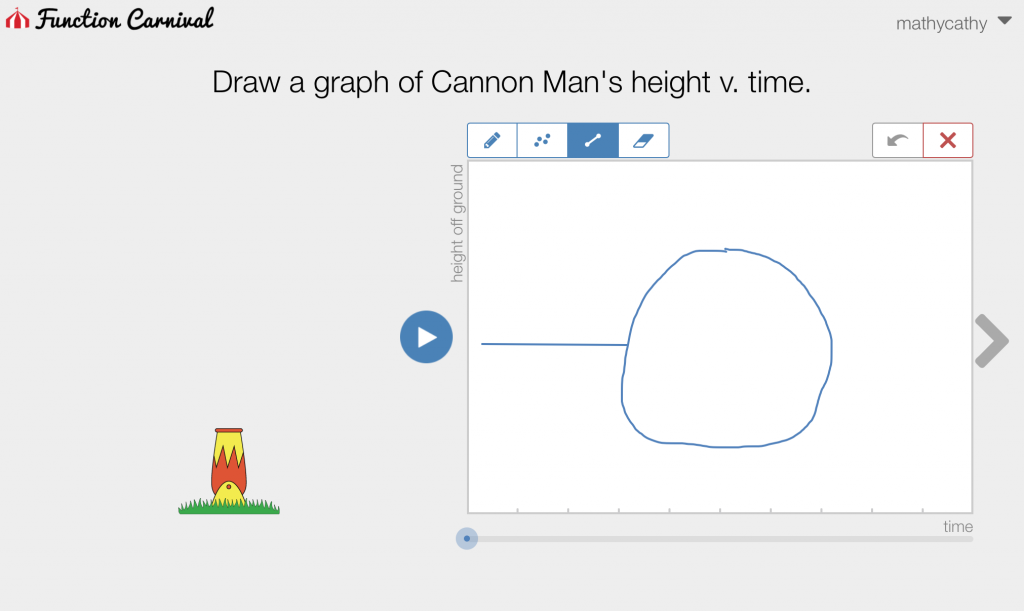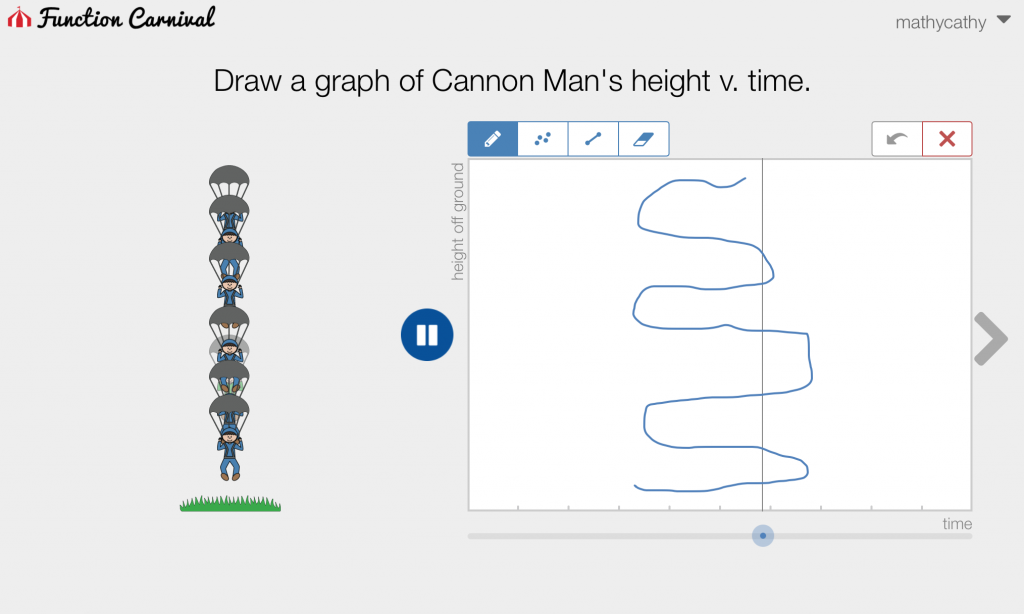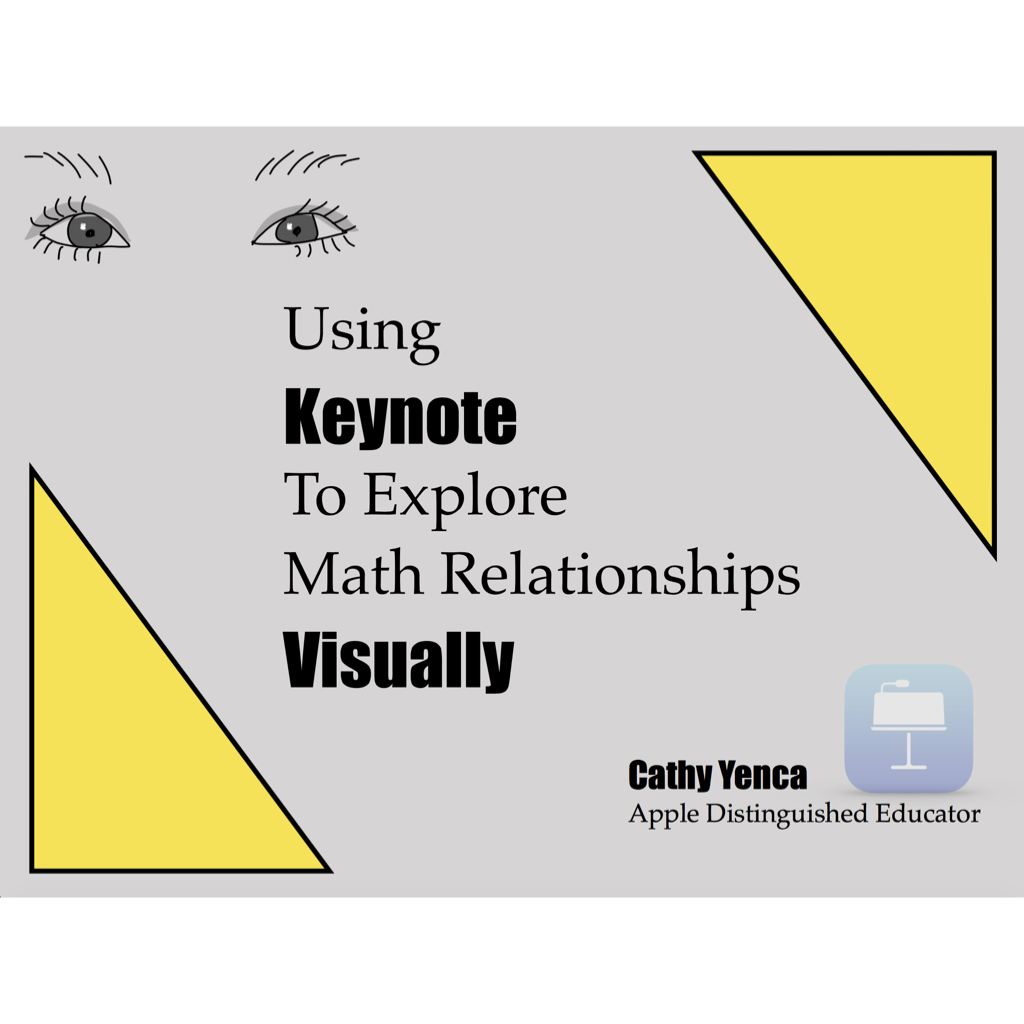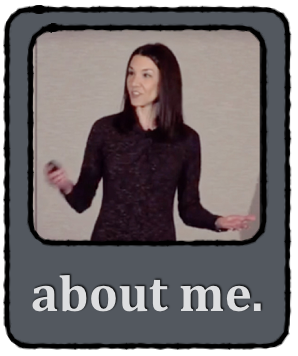Years ago, I had the pleasure of attending a workshop with Judy Willis. Willis is a former neurologist who chose to apply her brain science expertise by becoming… a math teacher! Though her time is spent educating educators now, her career path fascinated me from the moment she told her story in that workshop… dare I say 8 years ago…? Additionally, many of her strategies impact instructional decisions in my classroom on a regular basis. Willis knows what she’s doing. How many days of PD can *you* say you still remember and apply, in detail, as you plan lessons… 8 years later? Needless to say, I was an instant Judy Willis fan because her brain strategies worked, and continue to work, on me!
One strategy I intentionally use often is compare and contrast (see page 9 here). Showing students what something *IS* and what something *IS NOT* helps deepen understanding. For example, why introduce scenarios that are only “proportional-linear” when contrasting “non-proportional linear” situations serve to reinforce characteristics of *BOTH* concepts?
Recently, I used Desmos Function Carnival in a compare-contrast way. In the past, I turned students loose in this activity by handing over a class code. Being a (generally) compliant student myself, I hadn’t anticipated that many students would aim to “break” the carnival rather than trying their best to create a precise graph. My first reaction when kids goofed around with silly graphs was frankly… disappointment.
Then I tried again, anticipating that they WOULD “play” and draw plenty of messed-up graphs. I wrote this post to share how I shifted students’ focus from silly graphs to precise ones. This is how Function Carnival has behaved in my classroom… until this year.
This time, students had been introduced to the concept of function the day before. They had homework that required them to look at all sorts of wacky graphs, and determine whether or not they represented functions. Rather than give students a class code from the get-go, I displayed Cannon Man on my smart board. We watched him shoot out of the cannon, but this time I didn’t ask students to create a precise graph. I didn’t even give them a class code.
I told them to ignore the green Desmos animation entirely.
Instead, I told them we should try to break it.
“Who has a favorite graph from last night’s homework that was NOT a function? Let me draw that for you up here. Now, talk to your group. When I press PLAY up here, what is the blue Cannon Man going to do?”
Explode! Gory and funny explanations all around… students begging me to press PLAY…a hush fell over the room, and then… this!
Our next non-function graph reinforced a deeper understanding of the “Vertical Line Test” that always shows up in textbooks but rarely makes conceptual sense to kids early on…
We chose several more non-function graphs from the homework for ME to draw… and then they started BEGGING for a class code so they could try it.
To summarize, I knew at least some of my students would want to break Cannon Man from the start. Rather than meaningless graphs, we connected non-function homework problems to Cannon Man in motion.
To me, this was just as meaningful as the intent of the task to start.
Bonus: Check out a “Function or Not?” Desmos Card Sort, and other activities, by clicking the “Desmos Activities” icon to the right, or by using this link.


















